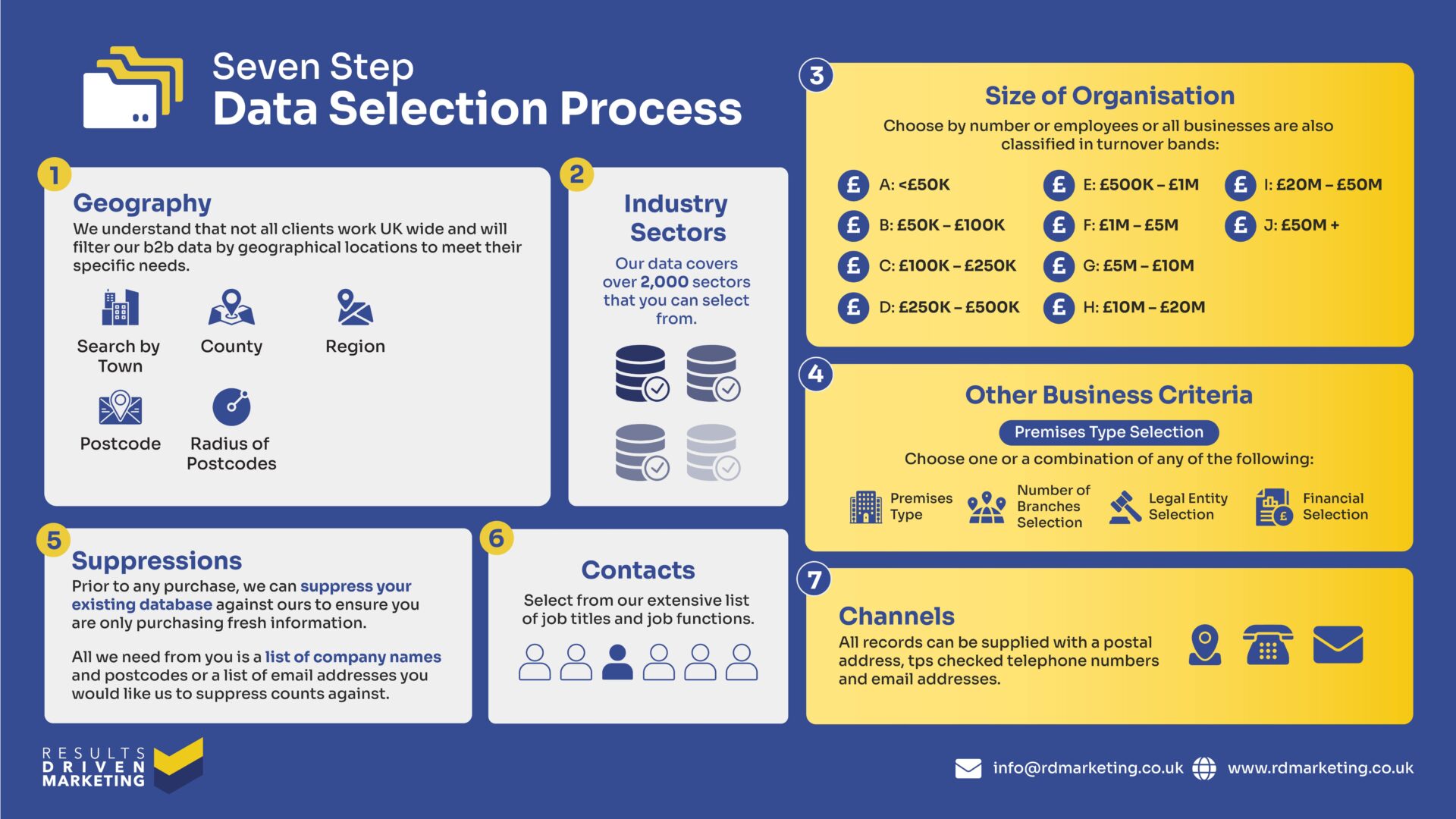
What is Dynamic Content Creation?
What exactly does dynamic content creation mean? Simply put, it refers to content that changes or adapts based on the preferences, behaviour, or data associated with individual users.
Unlike static content that remains the same for everyone, dynamic content is tailored to provide a more personalised experience, whether that’s through emails, websites, or ads.
In recent years, the demand for personalisation in digital marketing has skyrocketed. Why? Because customers expect content that speaks directly to them. One-size-fits-all messaging no longer resonates, and companies need to engage users with personalised, relevant information. This is where dynamic content creation steps in.
It allows brands to deliver the right message to the right person at the right time, driving higher engagement and, ultimately, better results.
Whether it’s tailoring a marketing email with specific product recommendations or customising a website experience based on a user’s previous browsing behavior, dynamic content plays a crucial role in creating a seamless, personalised journey for each visitor.
For example, imagine using our B2B Data to target specific industries and then delivering content that speaks directly to those decision-makers.
Table of contents:
Challenges of Dynamic Content Creation
While dynamic content creation offers significant benefits, it’s not without its challenges. Implementing personalised, real-time content across multiple platforms can be complex, requiring both technical expertise and careful planning.
Let’s explore some of the common dynamic content creation challenges that businesses face, and how you can overcome them to achieve successful personalisation.
Technical Complexity and Integration Issues
One of the primary challenges of dynamic content creation is the technical complexity involved.
Dynamic content relies on integrating multiple data sources—like your CRM, customer databases, or marketing automation platforms—so that content can be personalised in real time. Ensuring that these systems communicate effectively can be a major hurdle.
For businesses using B2B Data or Telemarketing Data to fuel their dynamic content strategies, it’s crucial to have the right tools in place. Without seamless integration, you risk delivering inconsistent or incorrect content to your audience, which can damage trust and engagement.
To manage this challenge, investing in dynamic content platforms like HubSpot or Salesforce, which are designed to handle complex integrations, can streamline the process.
Balancing Personalisation with Privacy Concerns
As businesses leverage dynamic content creation to offer personalised experiences, it’s also essential to balance this with growing privacy concerns. With regulations like GDPR in place, marketers need to ensure they are compliant when collecting and using customer data for personalisation.
Dynamic content relies on accurate and timely data to function properly, but if this data isn’t managed responsibly, it can lead to privacy violations. For example, using Consumer Data must comply with legal standards.
Ensuring you have clear consent from users before using their data for personalisation is crucial. Additionally, using tools like our CTPS Checker can help avoid contacting individuals who have opted out of telemarketing, further reducing the risk of non-compliance.
Managing and Scaling Dynamic Content Across Multiple Channels
Another challenge lies in scaling dynamic content creation across multiple channels. From email marketing to social media and web content, managing a personalised experience across diverse platforms can become overwhelming.
Each channel may require a different approach or set of tools, and coordinating content delivery can lead to inefficiencies if not managed properly.
For businesses working with global audiences, using International Email Lists can introduce additional complexities, such as language localisation or region-specific personalisation.
The solution here is to utilise centralised automation platforms that enable dynamic content creation across all channels, allowing for consistent and scalable personalisation.
Additionally, using Data Cleansing Services ensures that the data you’re working with is accurate, enabling more effective personalisation across multiple touchpoints.
Best Practices for Effective Dynamic Content Creation
Dynamic content creation is a powerful tool, but to make the most out of it, you need a clear strategy. Personalised content, when done right, can significantly enhance engagement, conversion rates, and overall customer satisfaction.
Let’s dive into the best practices that ensure your dynamic content creation efforts are effective and deliver real value to your audience.
Align Dynamic Content with the Customer Journey and Buyer Personas
One of the key principles of dynamic content creation is delivering the right message at the right time. To do this, it’s important to align your content with the stages of the customer journey and your buyer personas.
Whether you’re creating personalised content strategies for leads in the awareness stage or for customers ready to make a purchase, dynamic content should speak to their specific needs.
- Tip: Use B2B Data and Consumer Data to understand your audience better. Create personas based on this data and map out content for each stage of their journey—from first-time visitors to loyal customers.
Leverage Data Insights for Effective Segmentation
Data is at the heart of data-driven content creation. The more insights you have about your audience, the better you can personalise their experience.
Segmenting your audience based on demographics, behaviour, or past interactions ensures that your dynamic content resonates with them on a personal level.
For example, using Telemarketing Data or International Email Lists can help you target specific regions or industries, tailoring your messaging accordingly.
- Tip: Utilise data enrichment tools like our Data Enrichment Services to improve the quality and accuracy of your customer data, helping you craft more targeted and impactful dynamic content.
Ensure Smooth Content Delivery with the Right Tools and Automation
Creating personalised content is just one part of the process; ensuring it gets delivered efficiently and accurately is another.
For seamless dynamic content creation, it’s essential to have the right tools in place to automate the process. Platforms like HubSpot, Salesforce, or custom automation systems can help you automate everything from personalised emails to tailored website experiences.
- Tip: Tools such as Email Marketing Management Services can simplify email personalisation, while CRM systems help track and automate personalised content delivery. Automation ensures that your content is both timely and relevant, helping you maximise engagement.
Regularly Test and Optimise Content to Improve Performance
Even the most well-thought-out dynamic content creation strategy requires continuous optimisation. What works for one audience segment might not work for another, so it’s essential to regularly test your dynamic content to ensure it’s performing as expected.
A/B testing can help you identify what type of content resonates best with your audience and what needs improvement.
- Tip: Regularly clean and update your data using services like Data Cleansing Services to ensure the accuracy of your customer information. This will improve the effectiveness of your personalised campaigns and keep your dynamic content relevant and up-to-date.
Conclusion
Dynamic content creation is no longer just a marketing trend—it’s an essential strategy for modern businesses that want to engage their audience more effectively.
By leveraging dynamic content creation, brands can offer personalised experiences that resonate with their customers, driving higher engagement and ultimately boosting conversion rates.
The ability to deliver the right message to the right person at the right time is what sets successful campaigns apart from the rest.
Whether it’s through B2B Data for targeted outreach or Email Address List Data to refine email marketing efforts, dynamic content creation has the potential to transform your marketing efforts into highly personalised and automated experiences.
With the right tools and strategies in place, businesses can scale their personalisation efforts seamlessly across various platforms, from websites to emails and even social media.
Now is the time to explore dynamic content creation tools and implement personalised strategies that fit your audience’s needs. By incorporating these approaches into your marketing, you can elevate customer engagement and improve campaign performance.
Ready to take your marketing to the next level? Discover how our Direct Mail Data and Data Enrichment Services can help fuel your dynamic content creation strategy.
Visit www.rdmarketing.co.uk and start creating personalised, data-driven content that connects with your audience on a deeper level.
Who are we?
Thinking about “how do I buy data“?
Providing b2b database solutions is our passion.
Offering a consultancy service prior to purchase, our advisors always aim to supply a database that meets your specific marketing needs, exactly.
We also supply email marketing solutions with our email marketing platform and email automation software.
Results Driven Marketing have the best data of email lists for your networking solutions as well as direct mailing lists & telemarketing data in telemarketing lists
We provide data cleansing and data enrichment services to make sure you get the best data quality.
We provide email marketing lists and an international email list for your business needs.
At RDM We provide b2c data as we have connections with the best b2c data brokers.
A good quality b2b database is the heartbeat of any direct marketing campaign…
It makes sense to ensure you have access to the best!
Call us today on 0191 406 6399 to discuss your specific needs.
Results Driven Marketing
0191 406 6399








